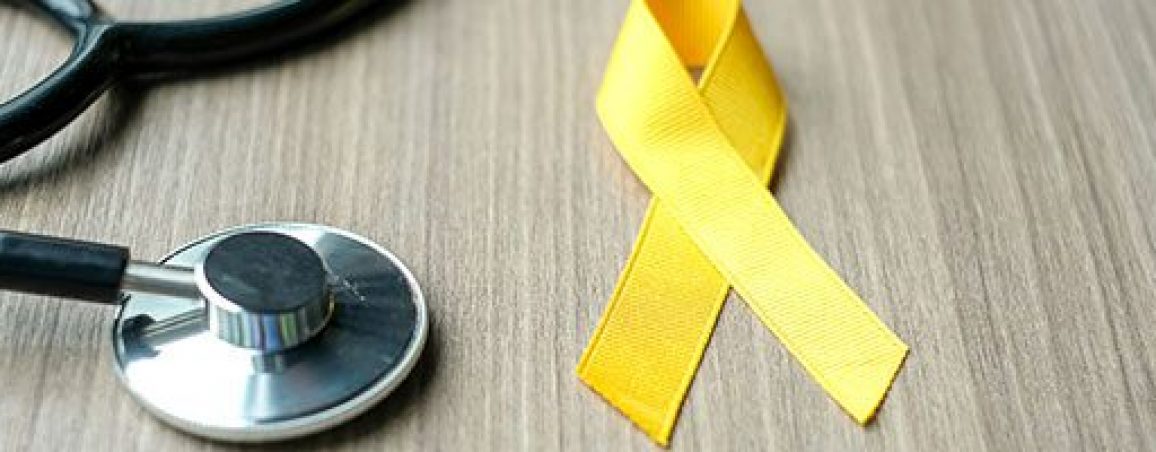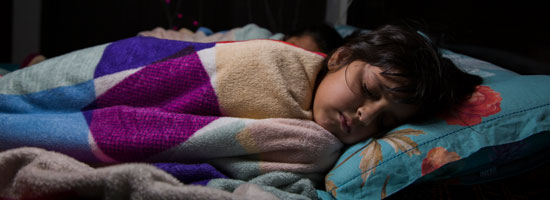As frightening as it can be for parents to hear their child suffers from a form of childhood cancer, they may take hope in how much easier it is becoming to treat such illnesses. Depending on the form of cancer, your own child might undergo a number of different procedures. You can prepare yourself and your child by learning more about the three most common childhood cancer treatments.
Surgery
Surgery is one of the most common treatments for removing cancerous tumors from a child’s body. The surgery will depend on where the tumor is located and how big it is. In some instances, the operation itself can be relatively minor and minimally invasive particularly if the tumor is located in a limb or on the face.
In other circumstances, the operation is more invasive and extensive especially if the tumor is located in the brain or on or near a major organ. Surgery is also primarily a first line of treatment and may be used in conjunction with other common childhood cancer procedures.
Chemotherapy
Chemotherapy is another common treatment used for many types of childhood cancer including leukemia. With chemotherapy, doctors introduce a variety of anti-cancer drugs to the child’s system. The drugs then work together to interfere with the cancer cells’ ability to replicate themselves.
Chemotherapy can last for several weeks or months or sometimes up to a year depending on the type of cancer being targeted. The most common side effects of chemo include nausea, fatigue, and brittle bones. However, these side effects go away once chemotherapy has been stopped.
Immunotherapy
Immunotherapy is a type of treatment that involves strengthing T-cell production and strength. It essentially bolsters a child’s immune system so that it can fight off the illness on its own without doctors having to use other treatments like chemotherapy or radiation.
Immunotherapy continues to be perfected and is not as readily available as other types of childhood cancer treatment. However, in scientific trials, doctors have had a number of successes in transforming T-cells into virtual powerhouses that can take out and eliminate many types of cancer including leukemia.
Being told your child suffers from childhood cancer can be overwhelming and frightening. Even so, you must know that various treatment options exist for the illness. Your child could have a good chance of surviving the disease by undergoing any of the most common treatments for childhood cancer.











